![What is the correct way to perform back blows? [Full Guide]](https://willnice.net/wp-content/uploads/2024/11/the-correct-way-to-perform-back-blows-1220x670.jpg)
What is the correct way to perform back blows? Where on the choking person’s back should the responder give back blows? When giving back blows? What is the best position for back blows choking?
This article offers a thorough walkthrough with detailed, step-by-step instructions, complemented by illustrative images, to ensure you perform back blows correctly.
It’s vital to learn how to perform back blows correctly. Keep reading to master this essential first-aid skill and ensure you can help effectively in a choking emergency.
What is Back Blows and When to Give Back Blows?
Back blows are a crucial first aid response for choking emergencies. They are used to create a strong vibration and pressure in the airway, which can help dislodge the object from the throat. This method is typically used in conjunction with abdominal thrusts (the Heimlich maneuver) as part of a cycle to clear the obstruction.
Back blows are administered immediately after confirming that a choking person is conscious but unable to cough effectively, speak, or breathe, indicating complete choking. This means that a foreign object fully blocks the airway, preventing air from reaching the lungs.
How to Give Back Blows to Choking Infants
Position the Infant
- Place the infant face down along your forearm, supported by your thigh.
- Ensure the head is slightly lower than the body. In such a way, the dislodged object is more likely to fall out due to the natural pull of gravity.
Deliver Back Blows
- With the heel of your hand, give 5 firm and sharp back blows between the infant's shoulder blades to help dislodge the obstruction.
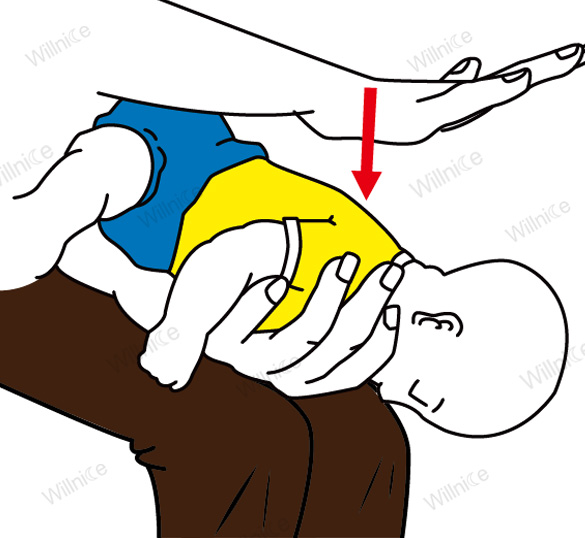
How to Give Back Blows to Choking Children
Back Blow Techniques for Smaller Children
Positioning
- Kneel behind the small child to stabilize your position.
- Secure the small child by placing one arm diagonally across their chest.
- Bend the small child forward to position their upper body parallel to the ground and their head downward, using gravity to help dislodge the obstruction.
Deliver Back Blows
- Deliver five firm back blows between the shoulder blades with the heel of your hand.
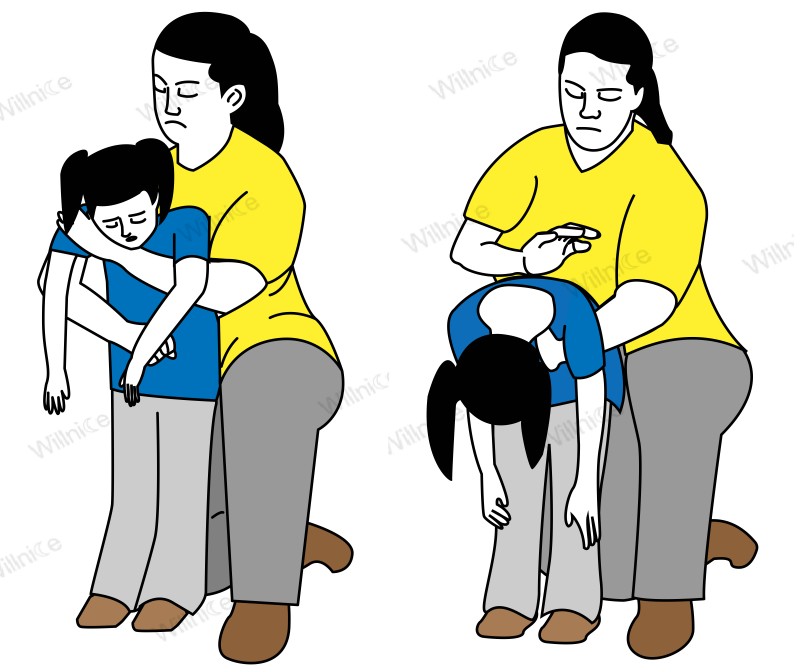
Back Blow Techniques for Larger Children
Positioning
- Stand to the side and slightly behind the older child.
- Support the child by placing one arm across their chest and have them lean forward.
- Ensure their upper body is parallel to the ground with the head down to enhance the effectiveness of the blows.
Deliver Back Blows
- Administer five sharp back blows between the shoulder blades using the heel of your hand.
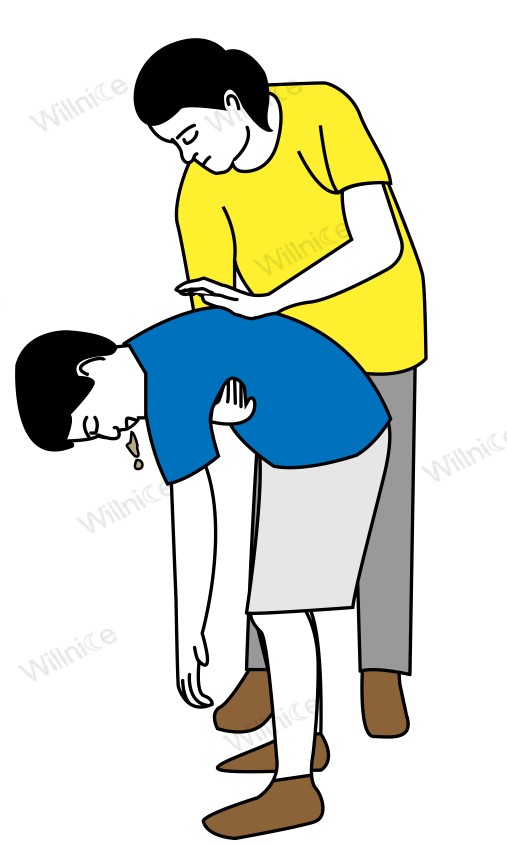
How to Give Back Blows to Choking Adults
Positioning
- Stand to the side and just behind the choking adult.
- Support them with one arm diagonally across their chest.
- Encourage the person to lean forward, aiming to get their upper body parallel to the ground. This position uses gravity to help remove the choking object.
Deliver Back Blows:
- Using the heel of your hand, deliver five firm back blows between the shoulder blades.
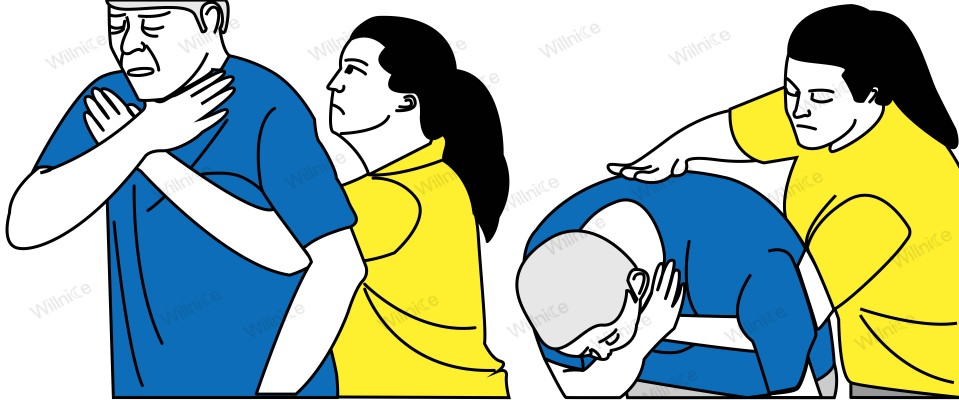
Tips:
- Observe Reactions: After each back blow, check if the object has been dislodged and whether the choking person can breathe or cough freely.
- Avoid Excessive Force: Particularly with infants and small children, care must be taken to apply enough force to be effective without causing injury.
What to Do if Back Blows Don’t Work?
If the obstruction is not cleared by back blows, the American Red Cross recommends alternating with abdominal thrusts—commonly known as the Heimlich maneuver—as part of a comprehensive response to choking.
Typically, give up to five back blows, then alternate with five abdominal thrusts. Repeat this cycle until the airway is cleared or until medical help arrives.
For infants, pregnant individuals, or those who are large or obese, alternate with chest thrusts instead.
Tips:
Continue alternating back blows with abdominal or chest thrusts until the obstruction is cleared or the person becomes unresponsive. If the person becomes unresponsive, start CPR immediately and ensure that emergency services have been called.
Summary
In conclusion, understanding the correct way to perform back blows is crucial for effectively responding to choking incidents. This technique, when applied correctly, can be a lifesaving intervention.
It’s important to practice and familiarize yourself with the proper positioning and force needed to safely dislodge an obstruction from a choking person’s airway. Remember, always follow up with medical professionals after any choking incident to ensure no further care is needed.


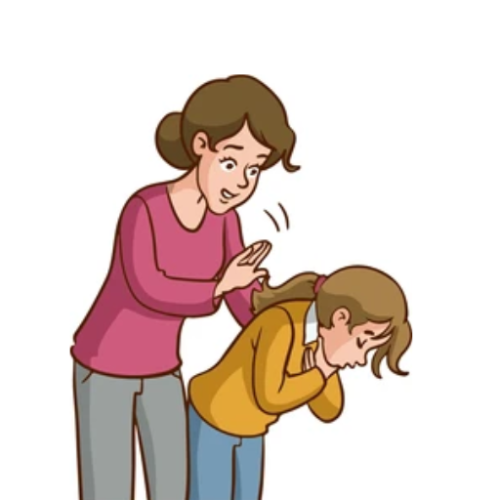


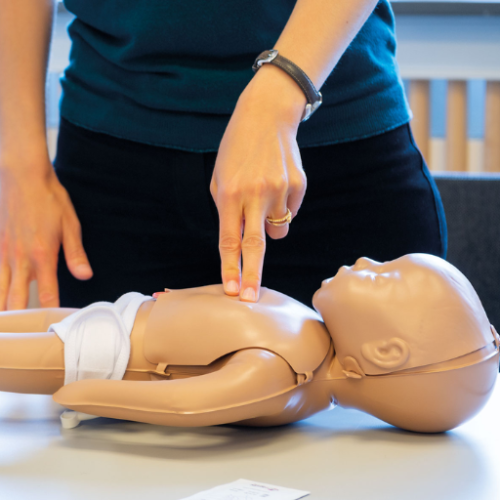


 Login with Google
Login with Google Login with Facebook
Login with Facebook